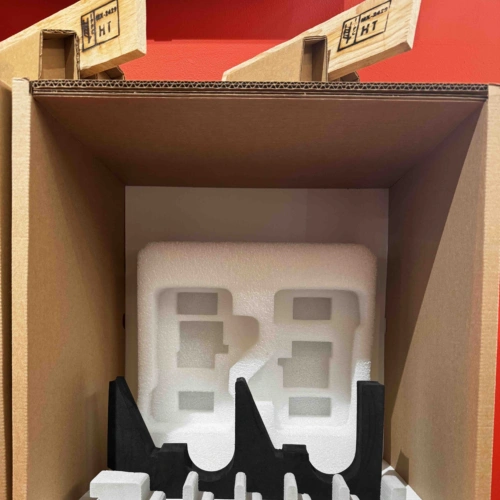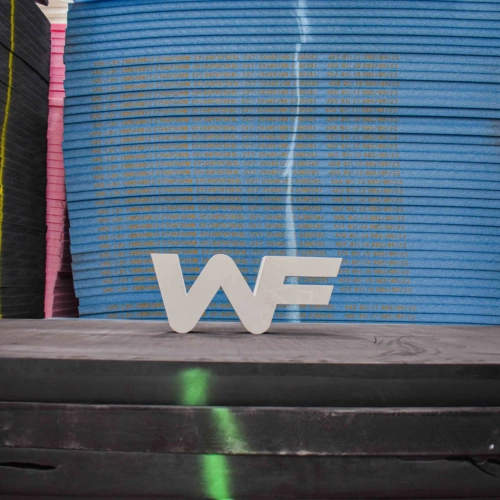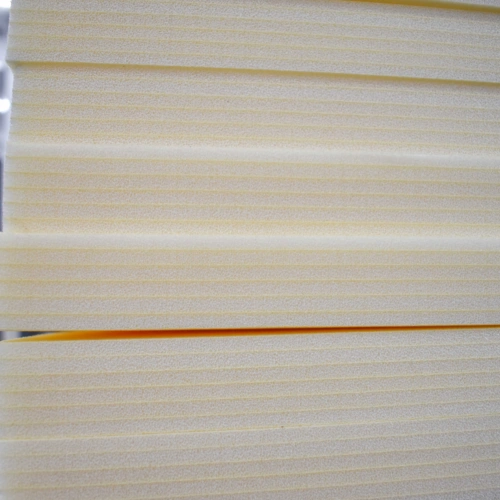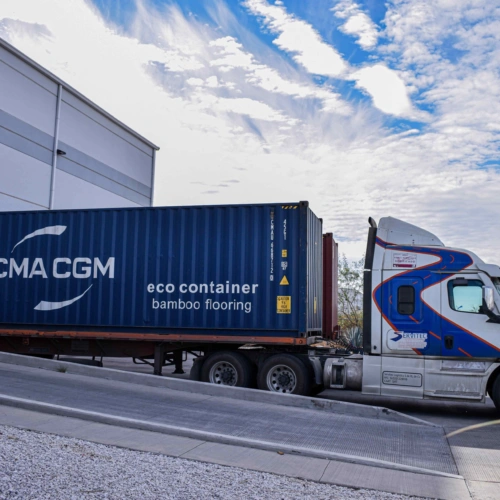| September 08, 2019
Is fire retardant foam fire proof?
When looking to buy fire retardant foam, it helps to understand what fire retardant means.
According to Wikipedia,
A fire retardant is a substance used to slow or stop the spread of fire or reduce its intensity. This is commonly accomplished through chemical reactions that reduce the flammability of fuels or retard their combustion. [1] [2] Fire retardants can also cool fuel through physical action or endothermic chemical reactions. Fire retardants are available in powder form, to be mixed with water, as fire fighting foams and fire retardant gels. Fire retardants are also available as coatings or sprays to be applied to an object.
Fire retardants are commonly used in firefighting, where they can be applied from the air or from the ground.
We recently introduced XP-18UL flame retardant XLPE to the market, which got us thinking.
Does the average consumer understand that there is a difference between fire resistant and flame retardant? They are two different things.
We have already defined fire retardant, in this article, we will describe the difference between the other two so that you can be sure to follow the guidelines and stay safe.
- Flame resistant foam is made from materials that are inherently non-flammable; materials have flame resistance built into their chemical structures. Fabrics made from these types of materials are designed to prevent the spread of fire and will not melt or drip when near a flame. Because flame resistant fabrics are not typically made from 100% flame resistant materials, they will burn, but they will burn very, very slowly and are often self-extinguishing.
- Flame retardant foams are chemically treated to burn slowly or self-extinguish when exposed to an open flame. These fabrics can be made from any material, but they must be treated with special chemicals to qualify as flame retardant.
The biggest difference between flame retardant and flame retardant fabrics lies in how each is made. Without a special chemical application, a fabric will not qualify as flame retardant. Similarly, without being made of certain non-flammable fibers, a fabric will not qualify as fire resistant.
When buying flame retardant fabrics, you will most often come across flame retardant textiles. These are cheaper and easier to produce than flame resistant fabrics and are often made from treated polyester or cotton.
XP-18UL is a 1.8 pound density, chemically cross-linked, fire retardant closed cell foam. Meeting UL 94 HF-1 test standard, XP-18UL is an ideal material for applications where a self-extinguishing or flame retardant rating is required.
National fire safety regulations
The National Fire Protection Agency developed a set of standards for determining the fire safety of a textile or fabric, known as NFPA 701: Standard Methods of Fire Tests for Flame Spread of Textiles and Films. Although NFPA 701 itself is not a law, many state and local governments require textiles used in public spaces to comply with it.
What does NFPA 701 refer to?
Two different test methods differentiate fabrics of different densities. The test methods apply to textile materials used in the interior furnishing of buildings for public use, including curtains, blinds, drapes, table linen, textile wall hangings, as well as fabrics used in the assembly of awnings, tents, canvases and other similar architectural fabrics. structures and banners. –NFPA

¿A qué se refiere la NFPA 701?
Dos métodos de prueba distintos diferencian tejidos de diferentes densidades. Los métodos de prueba se aplican a materiales textiles utilizados en el mobiliario interior de edificios de uso público, incluidas cortinas, persianas, cortinas, mantelería, tapices textiles para paredes, así como a las telas utilizadas en el montaje de toldos, tiendas de campaña, lonas y otras telas arquitectónicas similares. estructuras y pancartas. – NFPA
Fire retardant foam
We carry Fire Retardant (FR) foams that meet the FAR 25.853 specification than other FR foam manufacturers.
XP-18UL is currently available in a 4”x39”x79” bun size, in a charcoal color.
In addition to UL 94 HF-1 compliant foam, most of our XLPE materials and Zotefoams pass the FMVSS-302 motor vehicle specification. This standard measures the horizontal burn rate of materials to be used in the occupant compartments of motor vehicles.
Feel free to contact us if you have any questions or would like to request a free sample of XP-18UL. We also offer SKUs of Zotefoam Azote FR products These foams are always in stock and we can provide certification to the FAR 25.853 specification.
We also have industrial foam including fire retardant and fire resistant and retardant foam.
Available as silicone foam in closed cell, commercial, and F 12 grades in thicknesses ranging from 1/16 in. at 1 in. And dimensions of 36 in. x 36 in. (W x L) with nominal densities of 12 lbs./cu . ft.
Commercial grade silicone foam is a light density flexible material with a smooth skin on both sides. Silicone foam is flame retardant, self-extinguishing, and can withstand a 2100 degree F flame for more than 10 minutes without burning.
Silicone foam is non-corrosive for use with metals and in harsh environments. Applications include aviation, mass transit, automotive, electronics, construction, furniture, firestops, thermal barriers, noise and vibration dampers, insulation, and high performance gaskets or seals. Silicone foam meets UL® 94 VO classification.
Advantages of Worldwide Foam FR closed cell foam / fire retardant foam
stable and inert
flame retardant
High strength to weight ratio of crosslinked resin
Resistant to most chemicals and solvents.
Easily shaped with common woodworking tools
Works well as a wood replacement
Will not support fungal growth
Always remember, Fire retardant does not mean fire proof.
Prolonged exposure to a flame will cause any polyurethane foam to burn. Polyurethane foam is an organic material, like wood or cotton fabric. ASTM E84 Class I fire retardant foam means that the foam has been tested by Underwriter's Laboratories (UL) for flame spread and smoke development in accordance with the ASTM E-84 tunnel test for surface burning characteristics.
Most major building code authorities consider Class I foam to meet these parameters: Flame Spread <25 and Smoke Development <450.
What does this all mean?
It means that it is very important to only apply E84 Class 1 insulation inside the walls of your home because while it will not stop a fire, it will give you time to get out of the house. It also means that all insulation must be covered by a 15-minute fire barrier in the living spaces of the foam, such as 1/2″ drywall.
Worldwide Foam wants you to have a safe retrofit manufacturing, distribution center and happy end users. That's why our closed cell foam, slow rise closed cell foam, and dual purpose open cell foams are all ASTM E84 Class 1 fire retardant.
Contact us for a Zotefoam FR sample!
We are the only company on the market that ensures that any FR foam you would use from Worldwide Foam inside your business, products or home meets fire retardant insulation requirements to keep everyone safe.
Worldwide Foam

We are leaders in the supply of closed cell polyethylene foam in Mexico. We support various industries by offering a wide range of products and complementary services.










